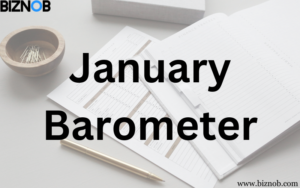Trending
- Huawei’s New Phone Uses Better China-Made Chip, Report Says
- Bangladesh to Vote in February After Political Turmoil
- New Epstein Estate Photos Trump, Clinton Head to Document Release Deadline.
- SpaceX Trillion-Dollar IPO Gamble When Mars Dreams Hit Wall Street Reality.
- Netflix’s $72B Warner Bros. Deal: YouTube Argument Not Holding Up?
- Intel Checks Out Chip Tools From China-Linked Company, Security Worries Arise
- Winter 2025 Flu Surge Hits Hospitals Across England
- EU Freezes Russian Assets Indefinitely to Aid Ukraine


